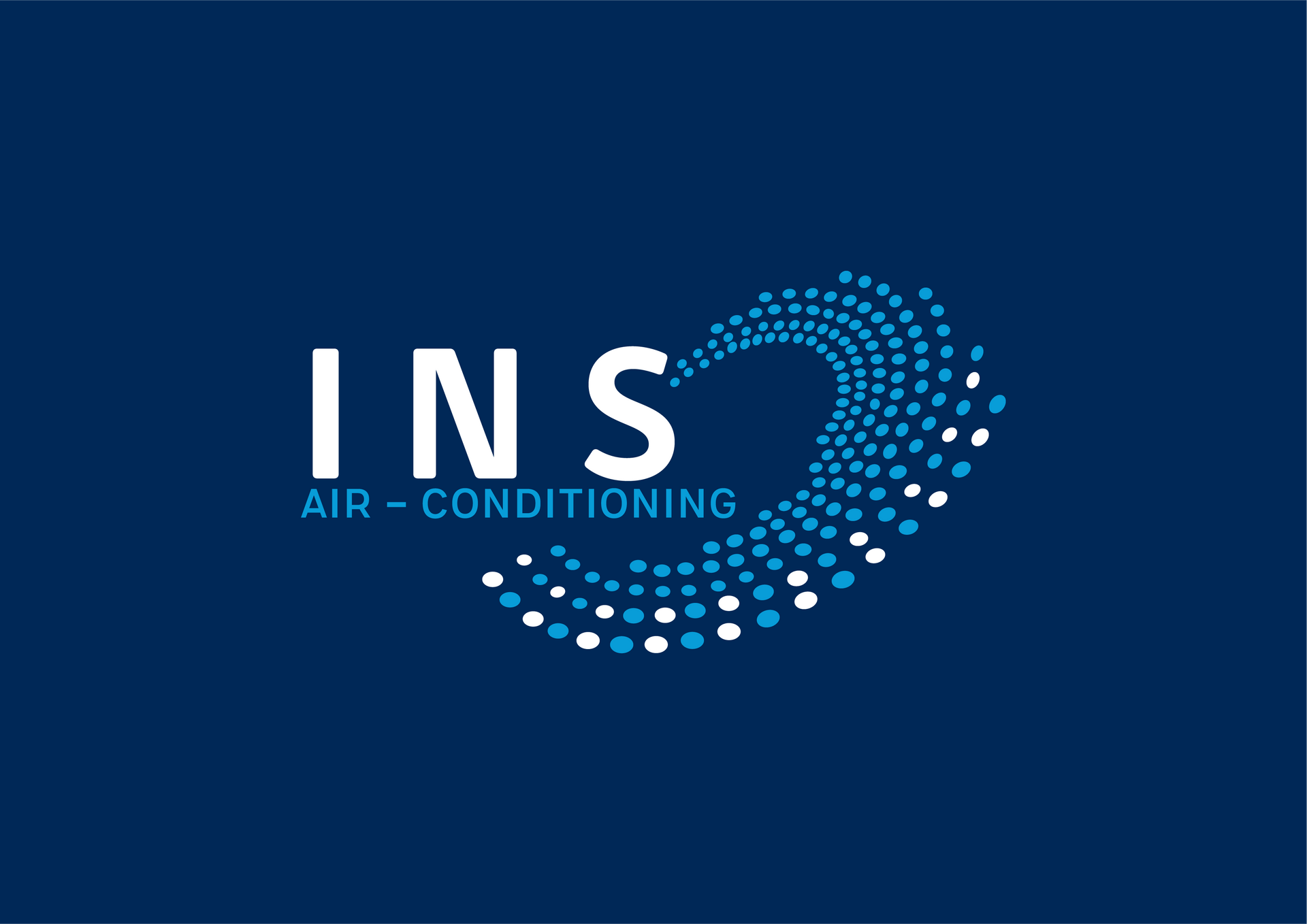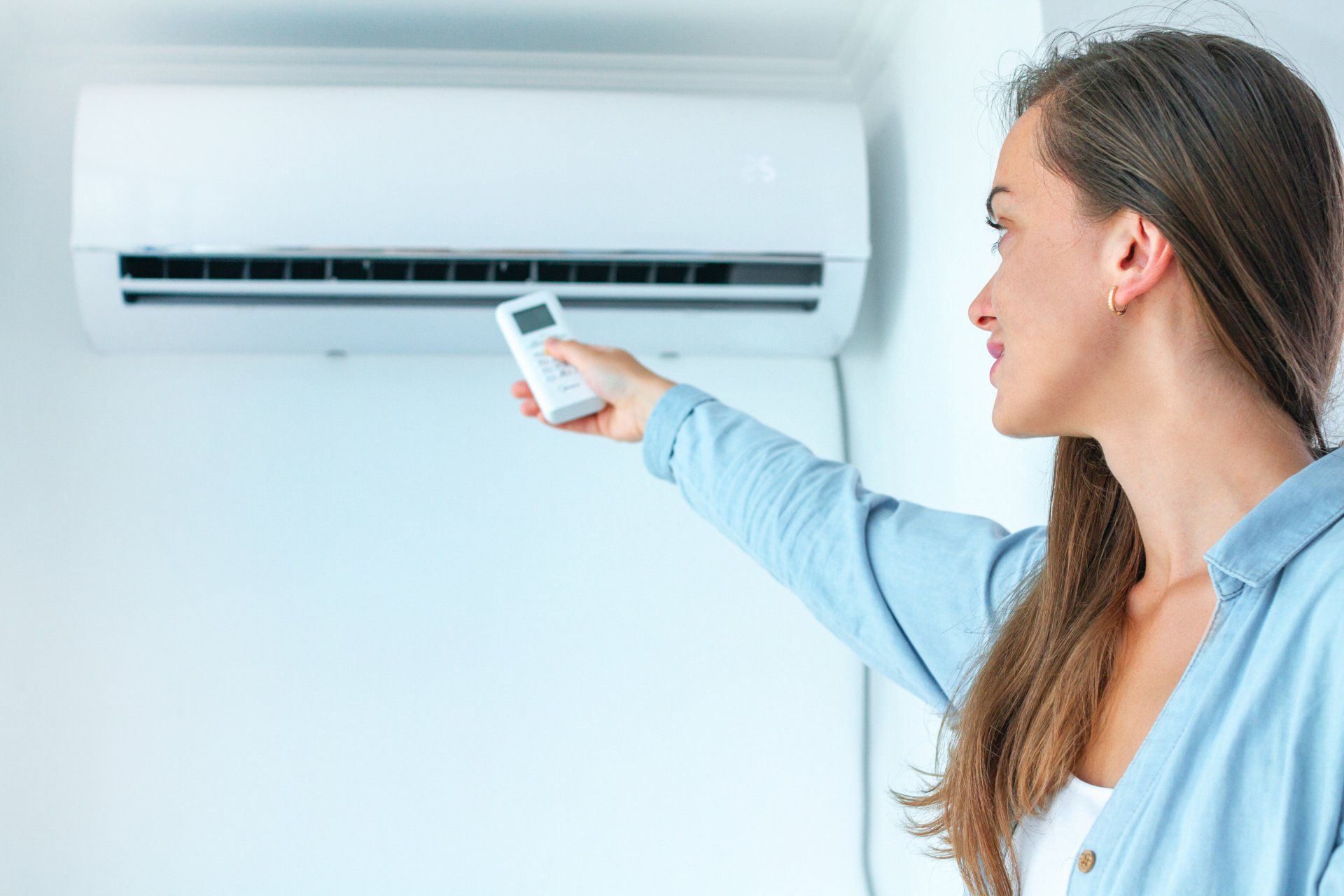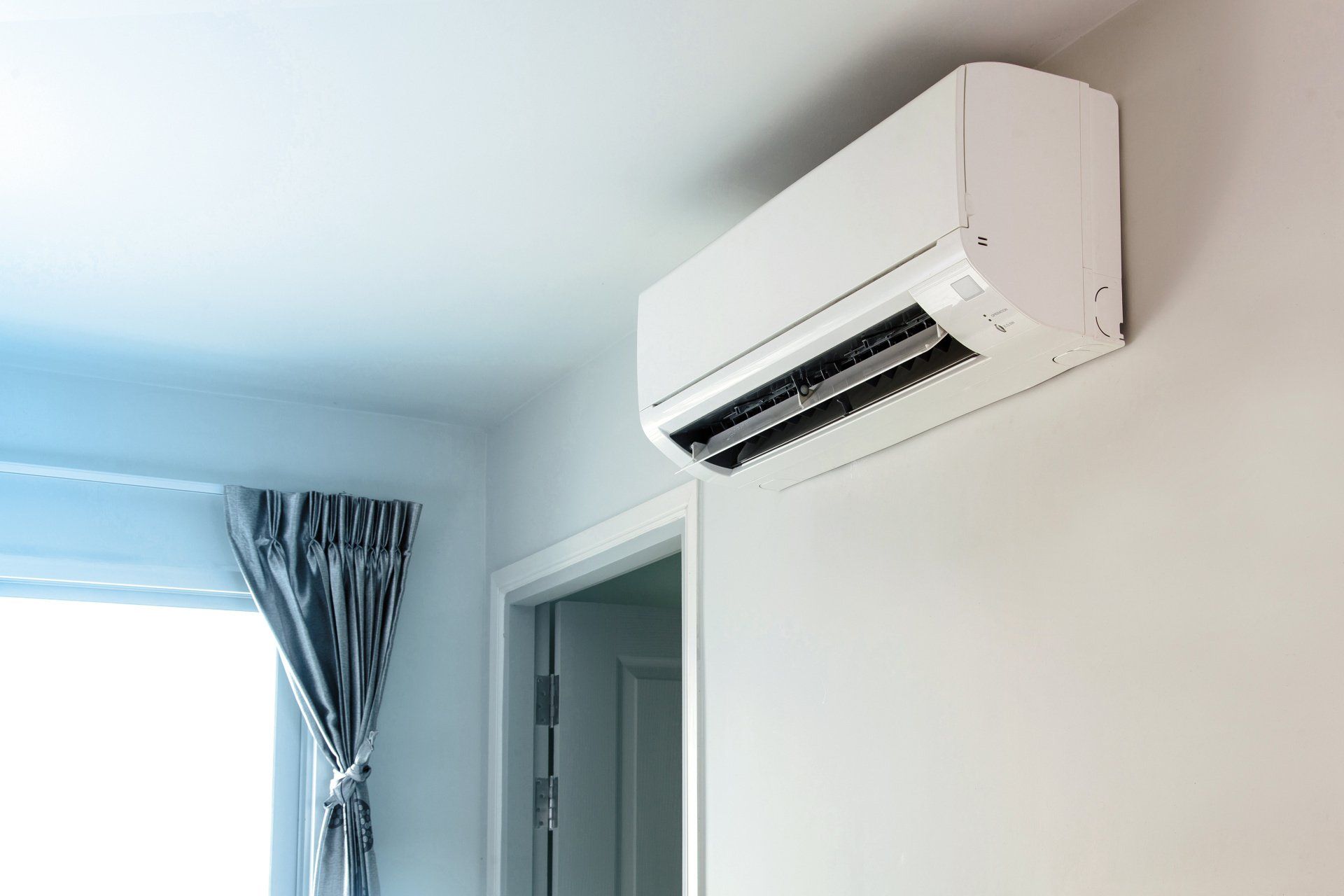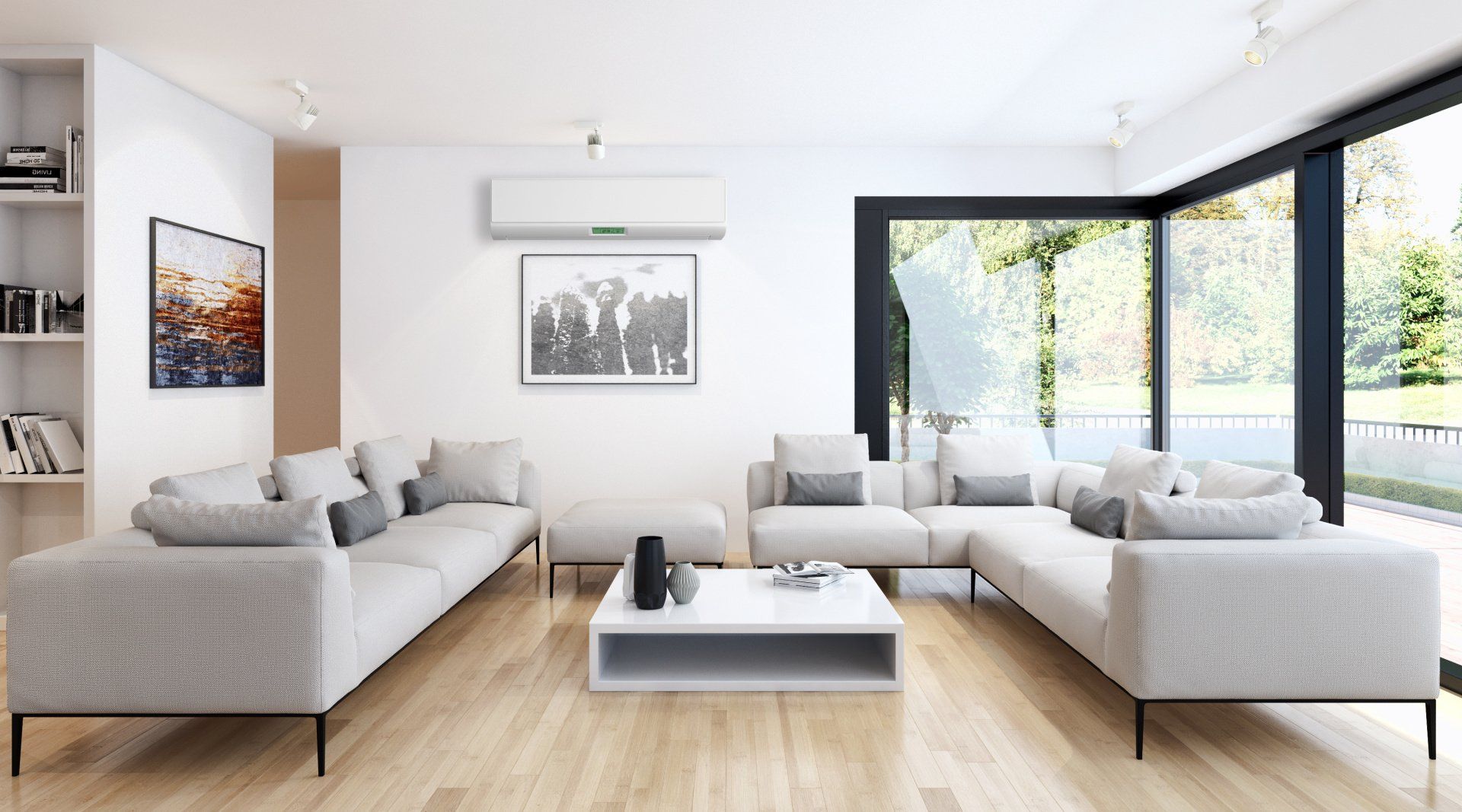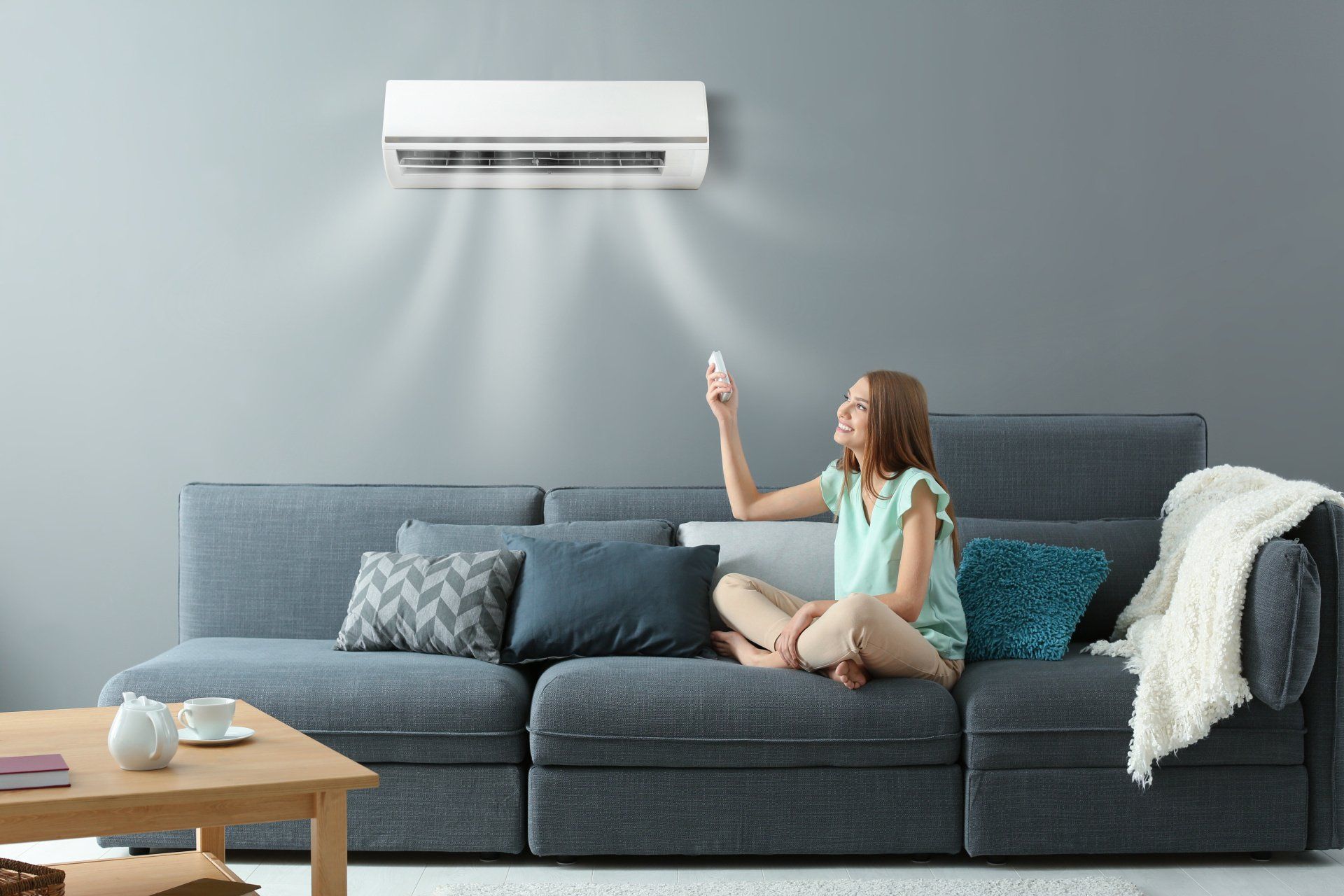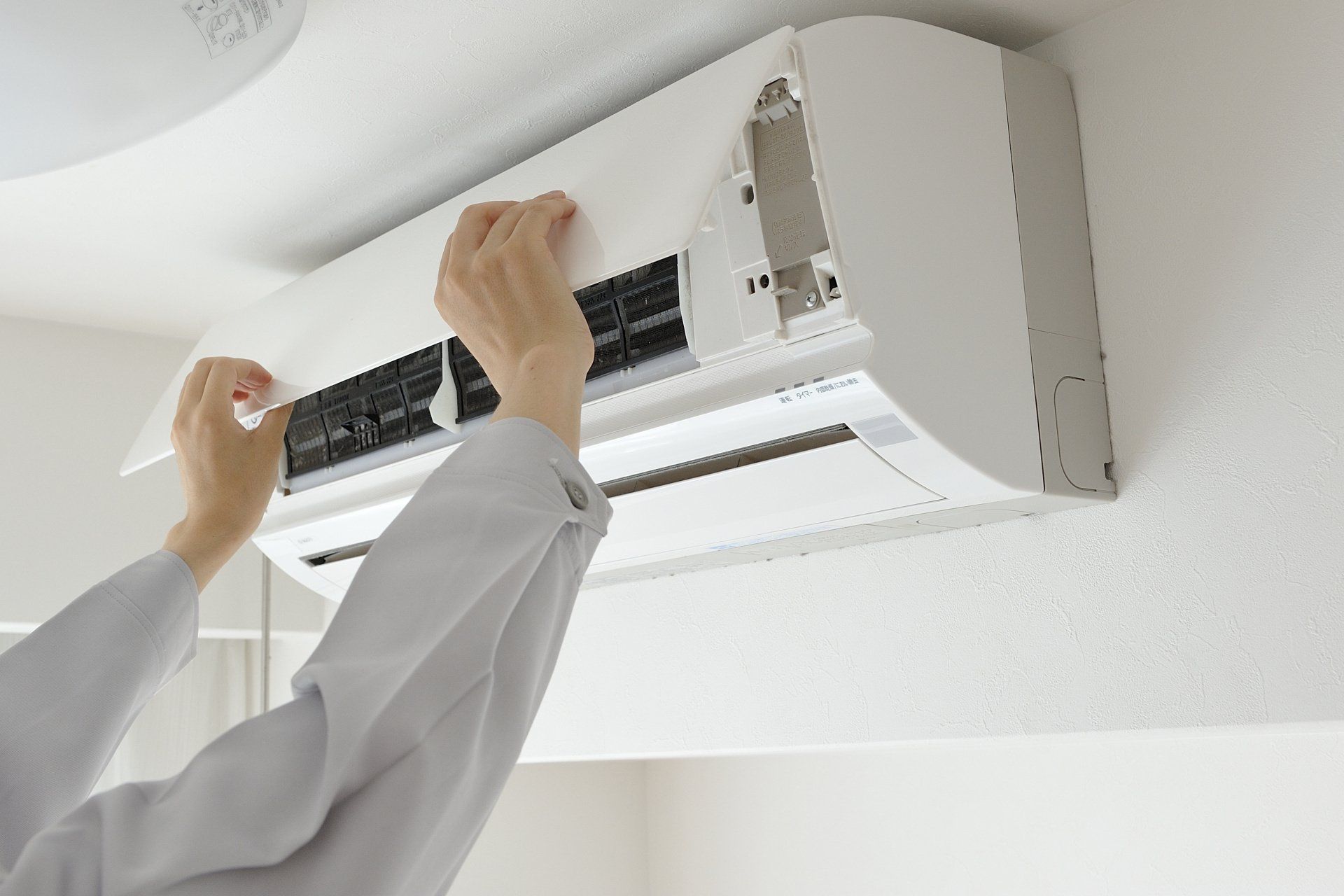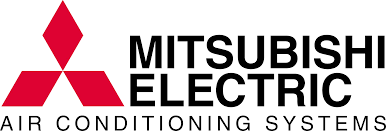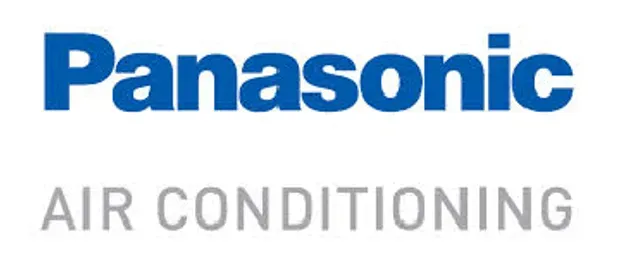The Cost of Comfort: Budgeting for Your New AC Installation
When it comes to maintaining a comfortable home, air conditioning is often seen as a necessity rather than a luxury. However, the initial cost of installing a new air conditioning system can be a significant investment, making budgeting a critical aspect of the decision-making process. In this post, we’ll explore the various factors that influence the cost of a new AC installation and offer some practical tips for budgeting effectively.
Understanding the Initial Costs
The first step in budgeting for a new AC installation is understanding the different components that contribute to the overall cost. These include:
- Type of System: The type of air conditioning system you choose plays a major role in determining the cost. Central air conditioning systems, ductless mini-splits, window units, and portable air conditioners each come with different price tags. For instance, central air systems tend to be more expensive upfront due to the complexity of installation and the need for ductwork, whereas ductless mini-splits are typically less costly to install but may have higher per-unit costs if multiple zones are required.
- System Size and Capacity: The size of your home and the cooling capacity required will also affect the cost. Larger homes will need more powerful systems, which are generally more expensive. It’s important to have a professional calculate the appropriate size and capacity for your home to ensure efficiency and prevent unnecessary expenses.
- Installation Costs: Installation costs can vary widely depending on factors such as the complexity of the installation, the need for additional ductwork, and the rates charged by your contractor. In some cases, older homes may require electrical upgrades to support a new AC system, adding to the overall cost.
- Additional Features: Modern AC systems often come with a range of additional features that can increase the cost but also enhance comfort and efficiency. These might include programmable thermostats, smart home integration, air purifiers, and energy-efficient options.
Long-Term Costs to Consider
Beyond the initial installation, it’s crucial to consider the long-term costs associated with owning an air conditioning system. These include:
- Energy Consumption: Energy costs can vary significantly depending on the efficiency of your system and your local electricity rates. More efficient systems might have higher upfront costs but can save you money in the long run through lower energy bills. Look for systems with high SEER (Seasonal Energy Efficiency Ratio) ratings to ensure better energy efficiency.
- Maintenance: Regular maintenance is essential to keep your system running efficiently and to extend its lifespan. Budgeting for annual maintenance costs, such as filter replacements, coil cleaning, and professional inspections, is important to avoid unexpected repair bills.
- Repairs and Replacements: Even with regular maintenance, parts of your AC system may eventually need repair or replacement. Planning for these potential costs can help you avoid financial surprises down the line.
Practical Tips for Budgeting
- Get Multiple Quotes: Before committing to a particular system or installer, it’s wise to obtain quotes from several contractors. This not only helps you find the best price but also gives you a better understanding of what’s included in the cost. Be sure to compare the warranties, services offered, and the reputation of each contractor.
- Consider Financing Options: Many companies offer financing options for new AC installations, allowing you to spread the cost over time. While this can make the initial expense more manageable, be sure to understand the terms and interest rates to avoid paying more than necessary in the long run.
- Look for Incentives and Rebates: Depending on your location, there may be government incentives, rebates, or tax credits available for installing energy-efficient systems. These can significantly reduce the overall cost of your new AC installation.
- Plan for the Future: When budgeting, consider not only your immediate needs but also your long-term plans. If you expect to add more space to your home in the future, it might be worth investing in a system that can accommodate future expansion.
Conclusion
Budgeting for a new air conditioning installation is a process that requires careful consideration of both upfront and long-term costs. By understanding the factors that influence these costs and planning accordingly, you can ensure that your investment in comfort is both affordable and sustainable. Whether you’re choosing a basic system or one with all the bells and whistles, the key is to make informed decisions that align with your budget and your home’s needs.
